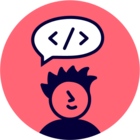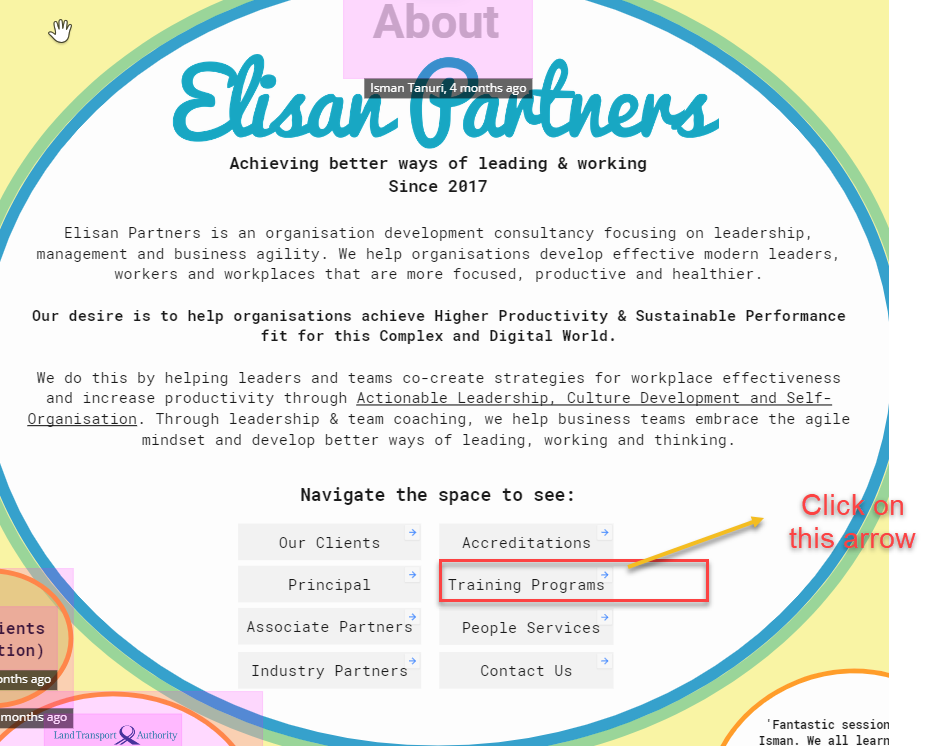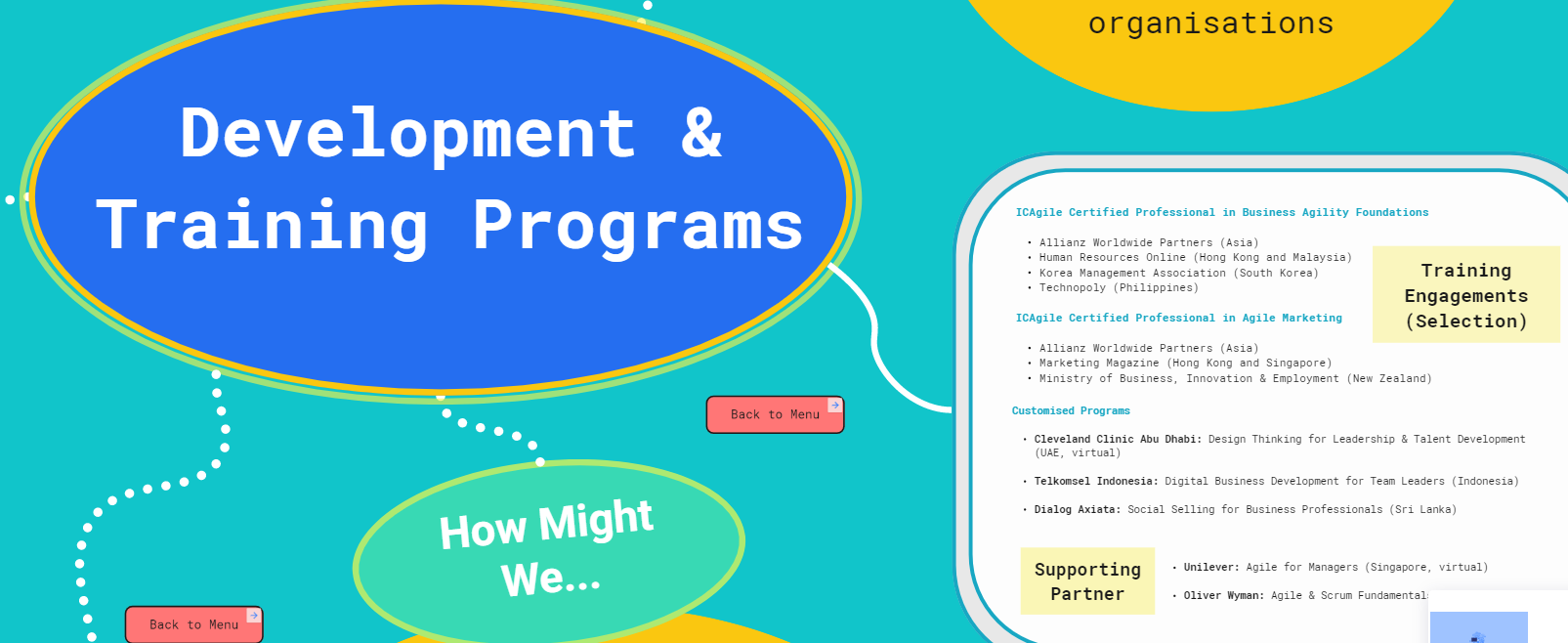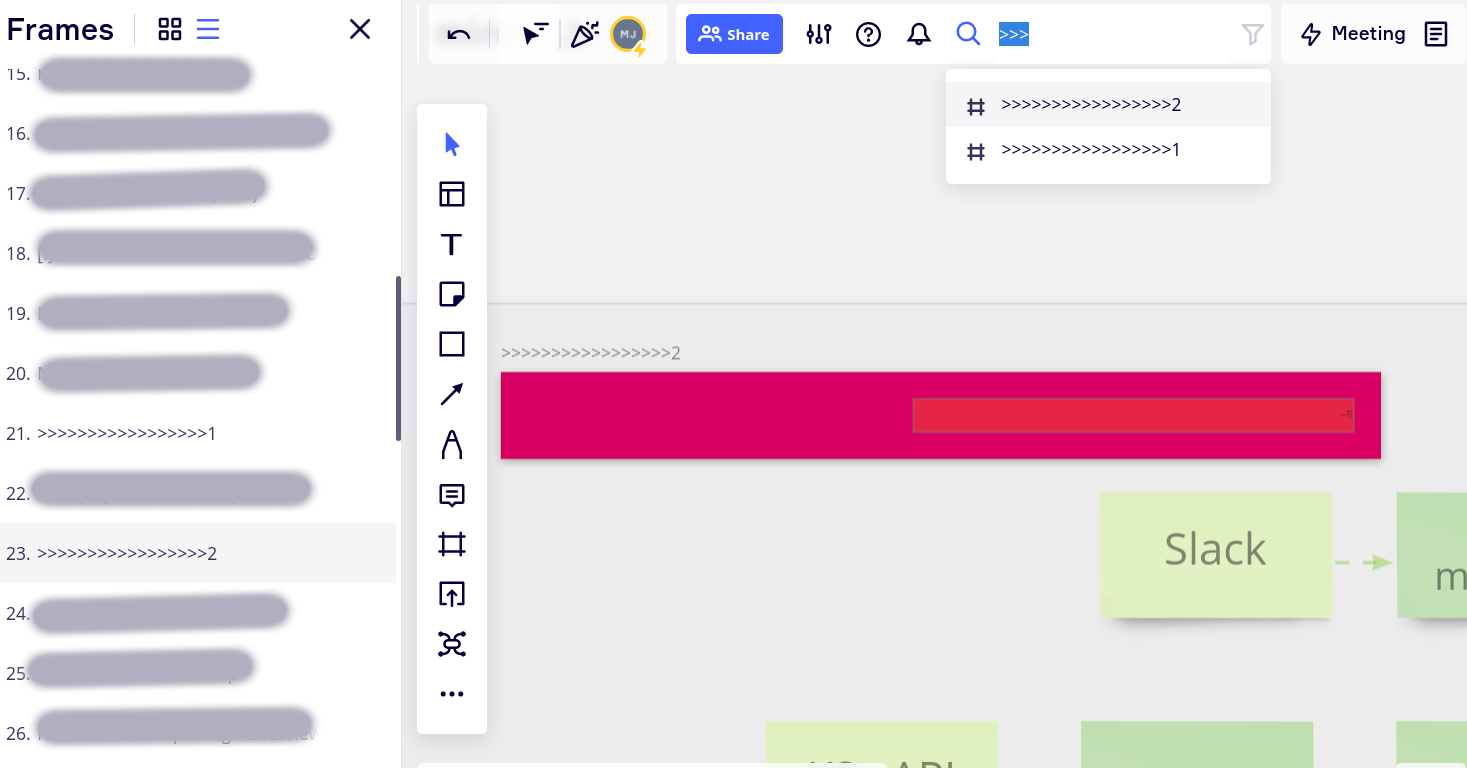I often use links to other objects of the same map in my work. But sometimes I just want to see the information and return to the place where the link was called. Is there such a possibility?
Answered
Is it possible to return after following the link?
Best answer by Simon.Harris
There isnt (some one correct me if i’m wrong) a ‘back button’
but if you use frames and open the frame panel on the left then its quiet easy to do 2/3rd the job
If you create a ‘home’ location maybe with lniks to the board’s major areas and create an icon or similar with the link back to ‘home’ and then liberally paste it around the board (a bit like multiple ‘top’ links on a webpage) that is also a means to get back to a central place - but no “return to last location” - maybe add as a wishlist item?
Enter your E-mail address. We'll send you an e-mail with instructions to reset your password.







